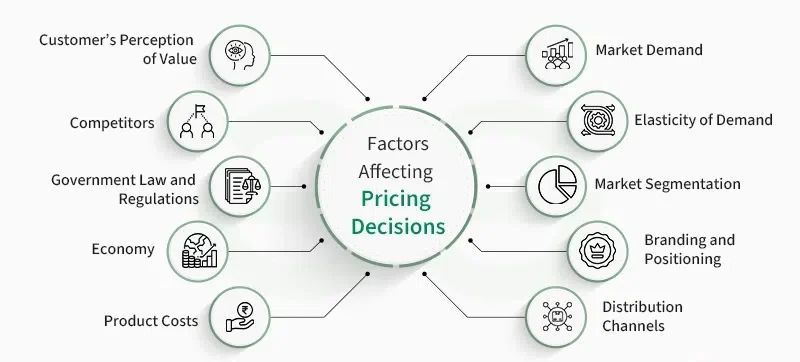
Transfer pricing policies are crucial for multinational corporations to ensure compliance with tax regulations and optimize operational efficiency. In this comprehensive guide, we’ll explore ten essential transfer pricing policies that global businesses should consider implementing. These policies not only help in managing intercompany transactions but also contribute to strategic decision-making and risk management.
Globalization’s Impact on Transfer Pricing
Globalization has significantly increased the complexity of transfer pricing regulations. Effective transfer pricing policies not only mitigate the risk of disputes with tax authorities but also support financial transparency and operational clarity across multinational operations. Let’s delve into the ten essential transfer pricing policies that every global business should integrate into its operations.
1. Arm’s Length Principle
The arm’s length principle is the foundation of transfer pricing. It requires that transactions between related entities be conducted as if they were between unrelated parties under similar circumstances. Establishing clear documentation and benchmarks based on comparable transactions is essential to demonstrate compliance with this principle.
2. Transfer Pricing Documentation
Comprehensive documentation is crucial to support transfer pricing policies. It includes detailed descriptions of the controlled transactions, selection of the most appropriate transfer pricing method, and analysis of economic and financial data. This documentation not only ensures compliance but also aids in defending transfer pricing practices during audits.
| Key Components of Transfer Pricing Documentation |
|---|
| Controlled Transactions |
| Transfer Pricing Methods |
| Functional and Risk Analysis |
| Economic and Financial Data Analysis |
3. Advance Pricing Agreements (APAs)
APAs are agreements between a taxpayer and tax authorities that determine an appropriate transfer pricing methodology for a set of transactions over a fixed period. Implementing APAs provides certainty and reduces the risk of transfer pricing adjustments, offering a proactive approach to compliance and dispute resolution.
4. Intercompany Agreements
Clear and legally binding intercompany agreements define the terms and conditions of transactions between related entities. These agreements establish pricing mechanisms, allocation of risks, and responsibilities, ensuring consistency and transparency in intercompany dealings.
5. Transfer Pricing Policies for Intangibles
Managing intangible assets such as intellectual property (IP), trademarks, and patents requires specific transfer pricing policies. Properly valuing and allocating the economic benefits of intangibles across jurisdictions can minimize tax exposure and optimize global tax planning strategies.
6. Cost Contribution Arrangements (CCAs)
CCAs are agreements among multinational entities to jointly fund and share the costs and risks associated with developing, enhancing, or maintaining shared resources or capabilities. Implementing CCAs ensures equitable allocation of costs and benefits, reducing transfer pricing disputes related to shared expenses.
7. Transfer Pricing Methods
Choosing the appropriate transfer pricing method depends on the nature of the transaction and the availability of comparable data. Methods such as comparable uncontrolled price (CUP), cost plus, and profit split are commonly used to determine arm’s length pricing and support transfer pricing policies.
| Commonly Used Transfer Pricing Methods |
|---|
| Comparable Uncontrolled Price (CUP) |
| Cost Plus |
| Resale Price |
| Profit Split |
8. Country-by-Country Reporting (CbCR)
CbCR requires multinational enterprises to disclose key financial and tax-related information on a country-by-country basis. Implementing robust reporting processes enhances transparency and compliance with local transfer pricing regulations, providing tax authorities with insights into global operations.
9. Transfer Pricing Audits and Risk Management
Proactively managing transfer pricing risks involves conducting internal audits, reviewing compliance with transfer pricing policies, and identifying potential areas of exposure. Mitigating risks through regular assessments and adjustments ensures alignment with evolving regulatory requirements and business strategies.
10. Monitor and Adapt Transfer Pricing Policies
Continuous monitoring and adaptation of transfer pricing policies are essential in a dynamic global environment. Changes in business operations, regulatory developments, and economic conditions necessitate periodic reviews and adjustments to ensure alignment with corporate objectives and compliance obligations.




